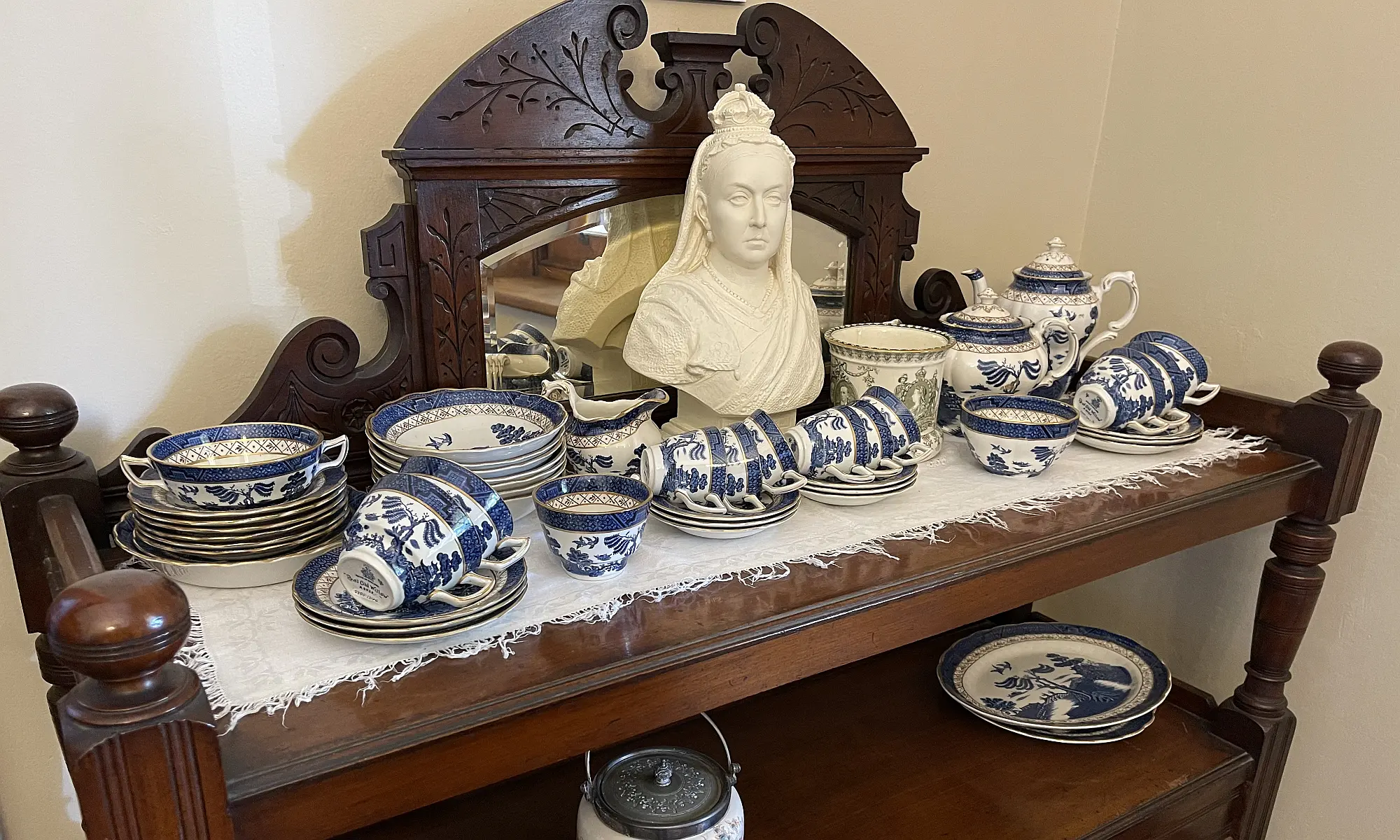by Anne Carolan The Gannon family understandably hid their convict origins for two generations, so that descendants must ‘depend almost entirely on ‘government records and printed sources to gather information. However, episodes to give life to the facts do emerge and, in the case of my great, great-grandfather, Michael Gannon, these range from comic to …
Continue reading “Michael Gannon: His Family and Their Skeletons”

